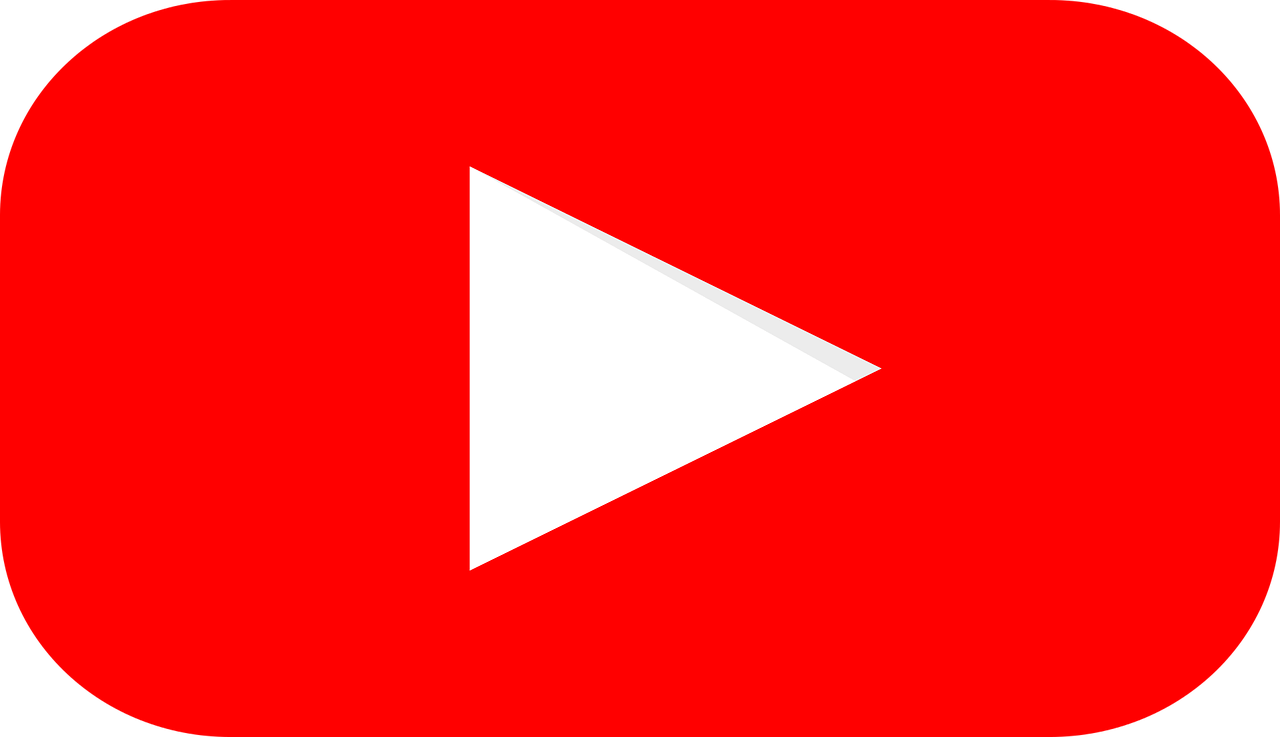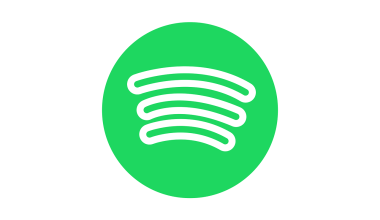YouTube is everywhere—on our phones, laptops, and even smart TVs. It’s where we watch cooking tutorials, music videos, comedy sketches, and vlogs. But have you ever wondered, how does YouTube get money to keep running this massive platform while paying creators too?
It’s a great question, especially considering YouTube offers free access to its users. In this blog, we’ll break it all down in simple terms, so you can understand where YouTube’s money comes from and how it keeps growing. Whether you’re a casual viewer, an aspiring content creator, or just curious, keep reading to learn about YouTube’s smart money-making strategies.
Ads: The Main Revenue Source
The number one way YouTube gets money is through advertising. When you watch a video, you’ve probably noticed ads playing before, during, or after the content. These ads are paid for by businesses trying to promote their products or services.
Here’s how it works in a nutshell:
- Businesses pay YouTube to show their ads.
- YouTube splits this revenue with content creators.
This is called the YouTube Partner Program (YPP). When creators join YPP, they can earn money from ads placed on their videos. The more popular the video, the more views it gets, and the more revenue it generates.
Types of Ads on YouTube
YouTube uses several ad formats:
- Skippable Ads: Viewers can skip these after 5 seconds.
- Non-Skippable Ads: These play for 15-20 seconds and cannot be skipped.
- Display Ads: Banner ads that appear on the side of the video.
- Bumper Ads: Short, unskippable ads lasting about 6 seconds.
Advertising is a huge part of YouTube’s revenue machine. In fact, in 2022, YouTube made over $29 billion from ads alone!
Another way YouTube makes money is through its YouTube Premium subscription service. For a monthly fee, subscribers get perks like:
- Ad-Free Videos: Watch without interruptions.
- Offline Downloads: Save videos to watch later.
- Background Play: Continue playing videos even when the app is minimized.
- YouTube Music Premium: Access a library of ad-free songs and music videos.
This is an attractive option for users who love YouTube but hate ads. Plus, YouTube Premium supports creators. A portion of the subscription fee is shared with creators based on how much time Premium users spend watching their content.
Channel Memberships and Super Features
YouTube also gives creators tools to earn extra money, like:
- Channel Memberships: Fans can subscribe to their favorite channels for perks like exclusive badges, emojis, and content.
- Super Chat and Super Stickers: During live streams, viewers can pay to have their messages highlighted or use fun stickers.
While these features are primarily designed to support creators, YouTube takes a small cut of the earnings. This adds another layer to how YouTube gets money from its users.
YouTube TV: A Streaming Alternative
Did you know YouTube also competes with traditional cable TV? YouTube TV is a subscription-based service that offers live TV from over 85 networks. For a monthly fee, users can stream news, sports, and entertainment without needing cable.
This service adds diversity to YouTube’s revenue model. Instead of relying solely on ads, YouTube TV generates consistent subscription income.
Partnering with Brands and Creators
YouTube collaborates with brands and influencers to create branded content. For example:
- A brand might sponsor a YouTuber to promote their product.
- YouTube might host exclusive content, like live concerts or events.
These partnerships boost YouTube’s revenue while offering businesses a unique platform to connect with audiences.
Rentals and Purchases
Another interesting way YouTube earns money is through its rental and purchase feature. Users can rent or buy movies, TV shows, and other premium content directly on YouTube. This turns the platform into a mini streaming service, similar to Netflix or Amazon Prime Video.
YouTube Shorts: Monetizing Short Videos
With the rise of short-form video platforms like TikTok, YouTube introduced YouTube Shorts. While Shorts are free to watch, they’re slowly being monetized with ads.
Creators can also earn from a special Shorts Fund, where YouTube pays bonuses to top-performing videos. This is another way YouTube encourages content creation while diversifying its revenue streams.
Data and Analytics
Behind the scenes, YouTube collects vast amounts of data about its users. While this might sound alarming, the data helps improve the platform’s algorithms, recommend better videos, and target ads more effectively. Advertisers are willing to pay big bucks for access to precise audience targeting, which boosts YouTube’s revenue.
Google’s Support
Let’s not forget that YouTube is owned by Google, one of the richest companies in the world. Google helps YouTube by integrating its services, like Google Ads and cloud computing. This collaboration reduces costs and increases ad efficiency, allowing YouTube to maximize its profits.
Supporting the Creator Economy
A big reason YouTube continues to make money is its investment in creators. By sharing ad revenue and offering monetization tools, YouTube incentivizes creators to keep making content. More content means more viewers, and more viewers mean more revenue for YouTube.
Why This Model Works So Well
YouTube’s business model is genius because it’s a win-win for everyone:
- Viewers get free or affordable content.
- Creators get paid for their hard work.
- YouTube makes money from ads, subscriptions, and partnerships.
Final Thoughts
So, how does YouTube get money? The answer lies in its diverse and innovative revenue streams. From ads and subscriptions to partnerships and data, YouTube has built a sustainable ecosystem that benefits creators, viewers, and advertisers alike.
Next time you watch a video, think about all the behind-the-scenes work that keeps YouTube running. It’s more than just a platform; it’s a powerful business model that continues to grow every day.
For further reading, explore these related articles:
- BTS Latest Song: A Deep Dive Into the Music That’s Taking the World by Storm
- Katy Perry’s Big Moments at the Billboard Awards
For additional resources on music marketing and distribution, visit Deliver My Tune.






